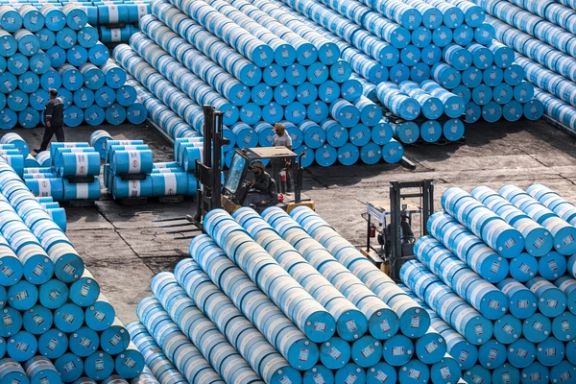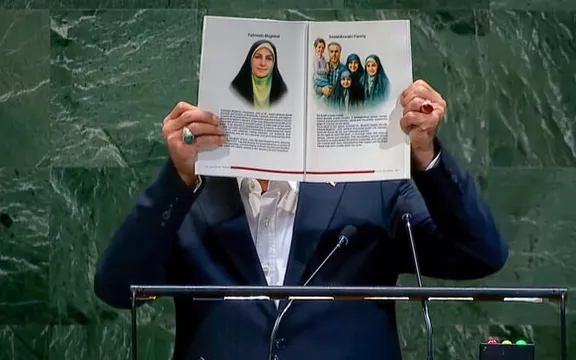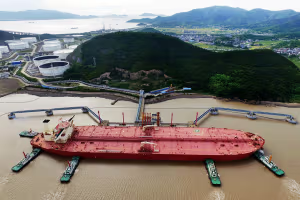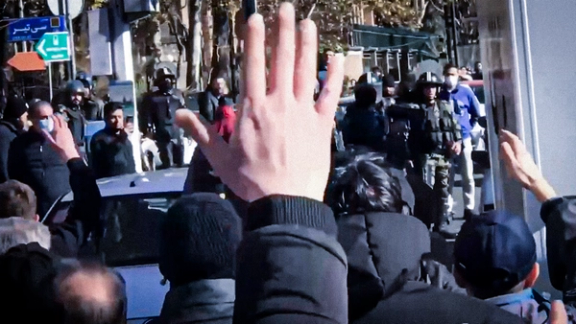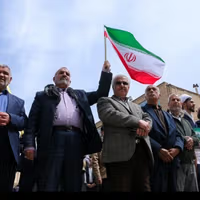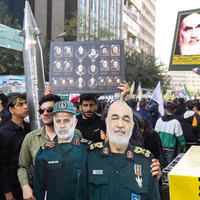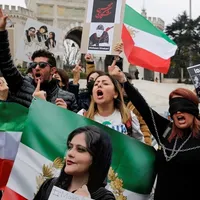Parliament Speaker Mohammad Bagher Ghalibaf hailed Pezeshkian on X, saying he conveyed “the dignity and power of the Iranian nation at the UN” and exposed Israel as “child-killers.”
Ultra-hardliner Amir-Hossein Sabeti thanked him for recalling “the Zionist regime’s crimes,” while fellow lawmaker Hamid Rasaei called the address “worthy, good and influential.”
In his speech to the UN General Assembly on Wednesday, Pezeshkian denounced Israeli raids on Iran’s nuclear facilities in June as illegal and blasted European powers for triggering the return of UN sanctions.
“His duty was to deliver the nation’s positions to the world,” one pro-government user commented on Ghalibaf’s post. “Thank God he passed this test of Western charlatanism.”
‘Wish you didn’t go’
Moderates and reformists, by contrast, were left underwhelmed.
Former Chamber of Commerce head Hossein Selahvarzi dismissed the trip as pointless. “So far, the outcome of the New York trip can be summed up in one sentence: ‘Being there so that we weren’t absent.’”
Prominent academic Sadegh Zibakalam directly addressed Pezeshkian: “Mr. President, after the Leader’s speech yesterday, what was left for you to say in New York? I wish you hadn’t gone—unless you intended to say something different.”
Others offered a more tempered defense.
Prominent centrist and former editor Mohammad Atrianfar compared Pezeshkian’s remarks to former president Khatami’s early UN addresses, calling them “clear, meaningful, and forward-looking … consistent with the Leader’s instructions.”
Maziar Balaei of the Etemad Melli Party said that given recent Israeli and US military actions, “it was in fact a good address.”
‘Not our representative’
Some critics also objected to the president’s choice of symbolism.
By holding up photos of Iranians killed in the 12-day war with Israel, they argued, he ignored violence inside Iran.
“I wish the Iranian people also had a representative at the UN who held up the pictures of the children Khamenei killed and showed them to the world,” one user wrote.
A viewer told Iran International in a video message: “Who killed Kian Pirfalak, Hamidreza Rouhi, Hadis Najafi and the Zahedan worshippers? If there is justice, it must first be applied for the people of Iran before you talk about Lebanon and Palestine.”
‘Little impact’
Outside observers were skeptical of the speech’s significance.
Turkey-based analyst Rouhollah Rahimpour described it as “a softer and more diplomatic version of Khamenei’s harsh stance,” noting that Pezeshkian avoided taking a position on negotiations with the US.
On X, he added: “What is left unsaid matters as much as what is said … rejecting talks with one hand while reaching for them with the other.”
Germany-based analyst Ahmad Pourmandi was harsher, calling Khamenei’s remarks ahead of the trip “the final blow to fading hopes of resolving the snapback crisis.”
Pezeshkian’s mission, Pourmandi added, “was the final nail in the coffin of normalization—deepening Iran’s crisis and its march toward war.”

